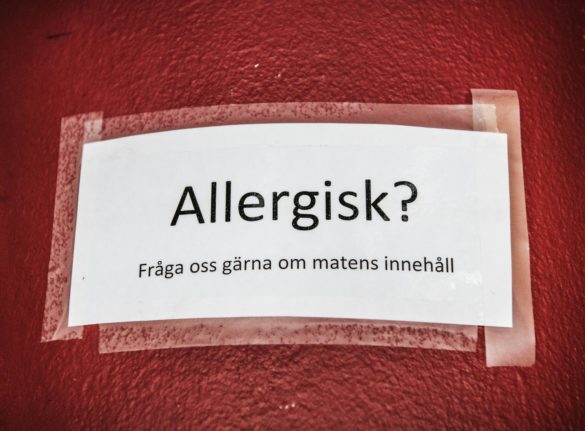The Worldwide Fund for Nature (WWF) study showed that “on average we throw away 313 kilos of usable food every second,” WWF expert Tanja Dräger said in Berlin on Thursday.
More than 2.6 million hectares of farmland are being used to produce food “for the bin“, the environementalists say.
“At the moment, it's as if we turned Mecklenburg-Western Pomerania and Saarland into giant fields and then just threw away the harvest,” WWF chief Christoph Heinrich said.
Most of the waste could be avoided if consumers were smarter about shopping and preparing their meals for the week, Dräger said.
WWF estimates suggest that 10 of the 18 million tonnes lost need not be thrown away if marketing, consumption patterns and supply chain management were improved.
According to the study, 40 percent of the food thrown away came from private households.
The WWF said that reductions by farmers and business in food wastage would also be a huge benefit to the environment.
Producing the food that gets thrown away also costs almost 48 million tonnes of greenhouse gases pumped into the atmosphere per year.



 Please whitelist us to continue reading.
Please whitelist us to continue reading.
Member comments